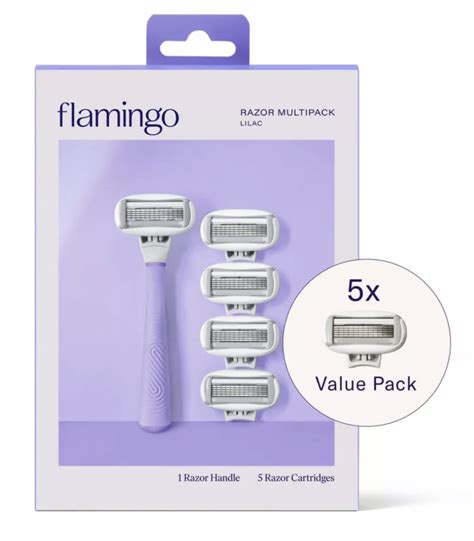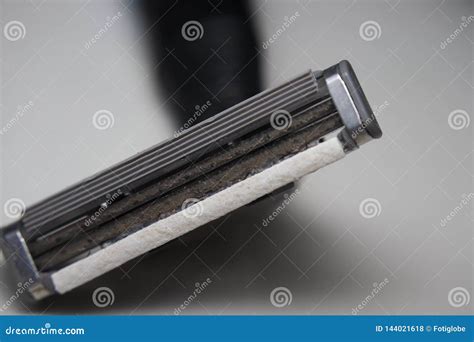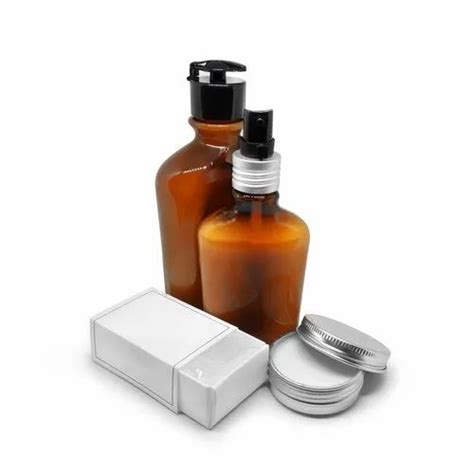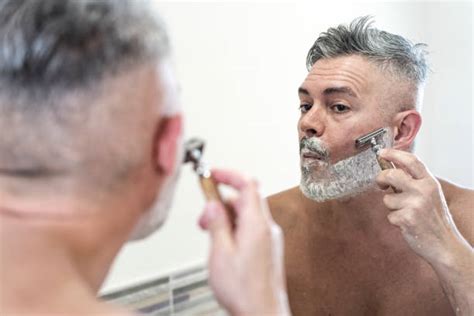Optimize shave for no razor burn & peak skin performance?

Shaving is more than just removing hair; it’s an intricate ritual that, when done correctly, can significantly impact your skin’s health and appearance. For many, it’s a daily battle against razor burn, ingrown hairs, and general irritation. But what if you could transform this routine into a pleasure, leaving your skin not just smooth, but truly performing at its peak? It’s entirely possible with the right approach.
Understanding Razor Burn & Skin Health
Razor burn and irritation are often signs that your skin barrier is being compromised. This can be due to blunt blades, improper technique, lack of lubrication, or inadequate post-shave care. A healthy shave aims to minimize friction and trauma, protecting your skin’s natural defenses while achieving a close cut. Understanding the cause is the first step towards prevention.
Pre-Shave Ritual: The Foundation of a Smooth Shave
The magic of a great shave begins before the blade even touches your face. Proper preparation softens the hair, opens pores, and creates a protective barrier for your skin.
Warm Water & Exfoliation
Start with a hot shower or apply a warm, damp towel to your face for a few minutes. This softens the whiskers and makes them easier to cut. Consider a gentle facial exfoliant 2-3 times a week, but not immediately before every shave, as over-exfoliation can cause sensitivity. Exfoliation helps remove dead skin cells that can trap hairs and lead to ingrown issues.
Pre-Shave Oil
Apply a few drops of high-quality pre-shave oil. This creates an additional layer of lubrication between the blade and your skin, reducing friction and helping the razor glide more smoothly. It’s particularly beneficial for those with sensitive skin or coarse hair.

The Shaving Process: Technique is Key
This is where precision and patience pay off. Rushing your shave is a direct route to irritation.
Sharp Blades & The Right Razor
Never underestimate the power of a sharp blade. Dull blades drag and pull, causing significant irritation. Replace your cartridge or double-edge blade every 5-7 shaves, or sooner if you feel any tugging. Experiment with different types of razors – from multi-blade cartridges to safety razors – to find what works best for your skin type and hair growth.

Shaving Cream/Soap Application
Use a rich, hydrating shaving cream or soap, not a thin foam. Lather it generously with a brush (if using a soap or cream) or your hands, ensuring full coverage. A good lather lifts the hairs, provides lubrication, and moisturizes the skin.
Shaving Direction & Pressure
Always shave with the grain on your first pass. This means shaving in the direction your hair grows, which varies for different parts of your face. For a closer shave, a second pass across the grain or even against the grain can be done, but only if your skin tolerates it well. Use light, short strokes without applying excessive pressure. Let the razor do the work.

Rinsing the Blade
Rinse your razor frequently under warm running water to clear away accumulated hair and cream. A clogged razor is ineffective and will lead to more passes and irritation.
Post-Shave Care: Soothe, Hydrate, Protect
The job isn’t done once the last hair is cut. Post-shave care is crucial for calming the skin and supporting its recovery.
Cold Water Rinse
Splash your face with cold water to close pores and soothe any lingering irritation. This helps reduce redness and tightens the skin.
Aftershave Balm
Skip alcohol-based aftershaves, which can dry out and irritate your skin. Opt for a hydrating, alcohol-free aftershave balm containing soothing ingredients like aloe vera, witch hazel (alcohol-free), chamomile, or allantoin. Gently pat it into your skin.

Moisturizer
Follow up with a lightweight, non-comedogenic facial moisturizer. Even if you used a balm, an extra layer of hydration can lock in moisture and protect your skin throughout the day. If shaving in the morning, consider one with SPF.
Advanced Tips for Peak Skin Performance
- Regular Blade Replacement: As mentioned, this is paramount. A fresh blade is the best defense against irritation.
- Sanitation: Clean your razor thoroughly after each use and store it in a dry place to prevent bacterial growth.
- Listen to Your Skin: Pay attention to how your skin reacts. If a product or technique causes irritation, change it.
- Diet & Hydration: Healthy skin starts from within. Ensure you’re drinking enough water and maintaining a balanced diet rich in vitamins and antioxidants.

By transforming your shave into a thoughtful, deliberate process, you’ll not only banish razor burn but also elevate your skin’s overall health and appearance. It’s an investment in your daily comfort and long-term dermatological well-being, proving that a little effort can go a long way in achieving truly peak skin performance.








